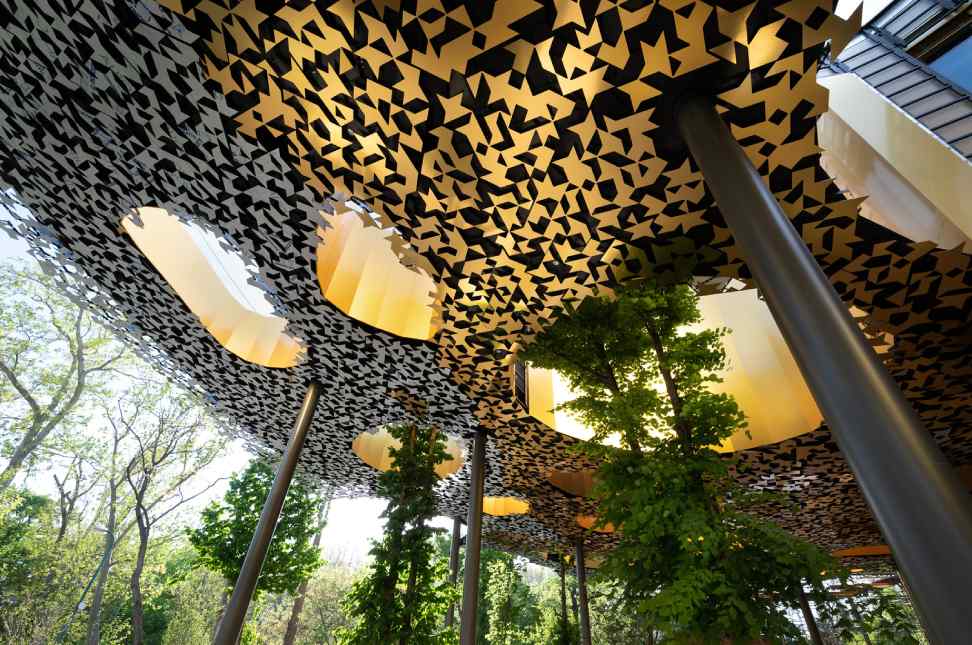Max66, Arsgroup777, ARS Group Exchange: Bio-inspired design is crucial in today’s world as it offers innovative solutions to complex problems by drawing inspiration from nature’s time-tested designs. By mimicking the efficiency and sustainability found in the natural world, bio-inspired designs have the potential to revolutionize various industries, from architecture to technology. This approach not only fosters creativity but also encourages a more harmonious relationship between human creations and the environment.
Furthermore, bio-inspired design can lead to the development of products and technologies that are more durable, flexible, and energy-efficient. By studying the intricate patterns and systems found in nature, designers and engineers can create solutions that are not only effective but also environmentally friendly. In a world facing increasing challenges such as climate change and resource depletion, bio-inspired design offers a promising path towards a more sustainable future.
� Bio-inspired design offers innovative solutions to complex problems by drawing inspiration from nature’s time-tested designs
� It has the potential to revolutionize various industries, from architecture to technology
� Encourages a more harmonious relationship between human creations and the environment
� Leads to the development of products and technologies that are more durable, flexible, and energy-efficient
� Creates solutions that are effective and environmentally friendly
� Offers a promising path towards a more sustainable future in a world facing challenges such as climate change and resource depletion
Examples of Bio-Inspired Designs in Architecture
The concept of bio-inspired design has paved the way for innovative architectural creations that mimic nature’s efficiency and beauty. One remarkable example is the Eastgate Centre in Harare, Zimbabwe, which was inspired by termite mounds. By replicating the ventilation system of termite mounds, the building stays naturally cool without the need for air conditioning, reducing energy consumption significantly.
Another striking bio-inspired architectural design is the Eden Project in Cornwall, UK. Resembling giant biomes, these structures imitate plant cells and utilize strategies found in nature to create a sustainable environment inside. The Eden Project showcases how bio-inspired designs not only make buildings more environmentally friendly but also create unique and aesthetically pleasing spaces for visitors to explore.
How Nature’s Designs are Influencing Technology
Ars247, Wazeerexch, Peachexch: Nature’s intricate designs have long been a source of inspiration for technological advancement. From the self-healing properties of plant cells to the efficient flight of birds, engineers and researchers are continually looking to nature to solve complex engineering challenges. Mimicking the structure of lotus leaves, for example, has led to the development of self-cleaning surfaces in various technologies, revolutionizing maintenance processes in industries like aerospace and healthcare.
The field of robotics has also seen significant advancements through biomimicry, with robots being designed to move and adapt like animals in nature. By studying the movement patterns of animals like cheetahs and snakes, engineers have been able to develop robots that can navigate diverse terrains with agility and efficiency. These bio-inspired robots are not only changing the landscape of industries such as search and rescue missions, but they are also providing insights into how nature’s designs can enhance technological capabilities.
Why is bio-inspired design important in today’s world?
Bio-inspired design is important because it allows us to learn from nature’s millions of years of evolution to create more efficient, sustainable, and innovative solutions to modern problems.
Can you provide examples of bio-inspired designs in architecture?
Yes, examples of bio-inspired designs in architecture include buildings that mimic the self-cooling mechanisms of termite mounds, or the efficient ventilation systems found in honeycomb structures.
How are nature’s designs influencing technology?
Nature’s designs are influencing technology by inspiring engineers and designers to create more efficient and sustainable solutions, such as biomimetic robots that move like animals or drones that mimic bird flight patterns.
What are some benefits of bio-inspired technology?
Some benefits of bio-inspired technology include improved efficiency, reduced environmental impact, and the potential for groundbreaking innovations that can revolutionize various industries.
How can individuals contribute to the advancement of bio-inspired design?
Individuals can contribute to the advancement of bio-inspired design by supporting research and development in this field, spreading awareness about the importance of biomimicry, and implementing bio-inspired solutions in their everyday lives.
Must Read :
- How To Use Fixodent?
- Why Do I Have Red Dots On My Tongue?
- What Are Some Best Home Remedies For Toothache?


